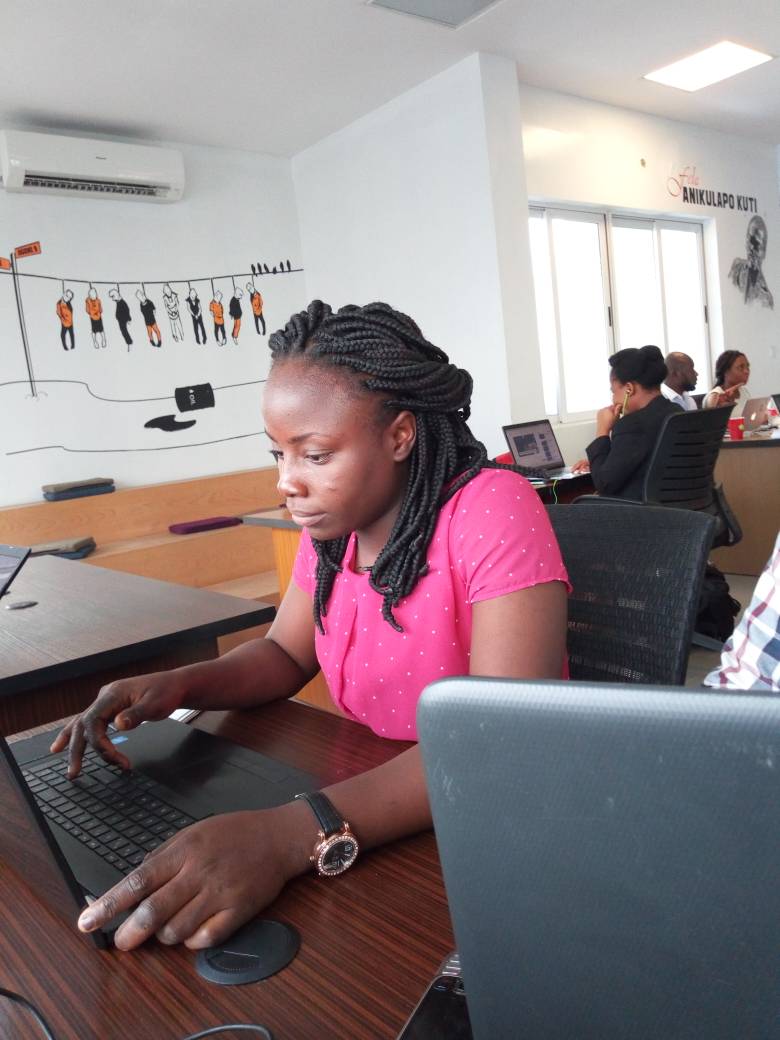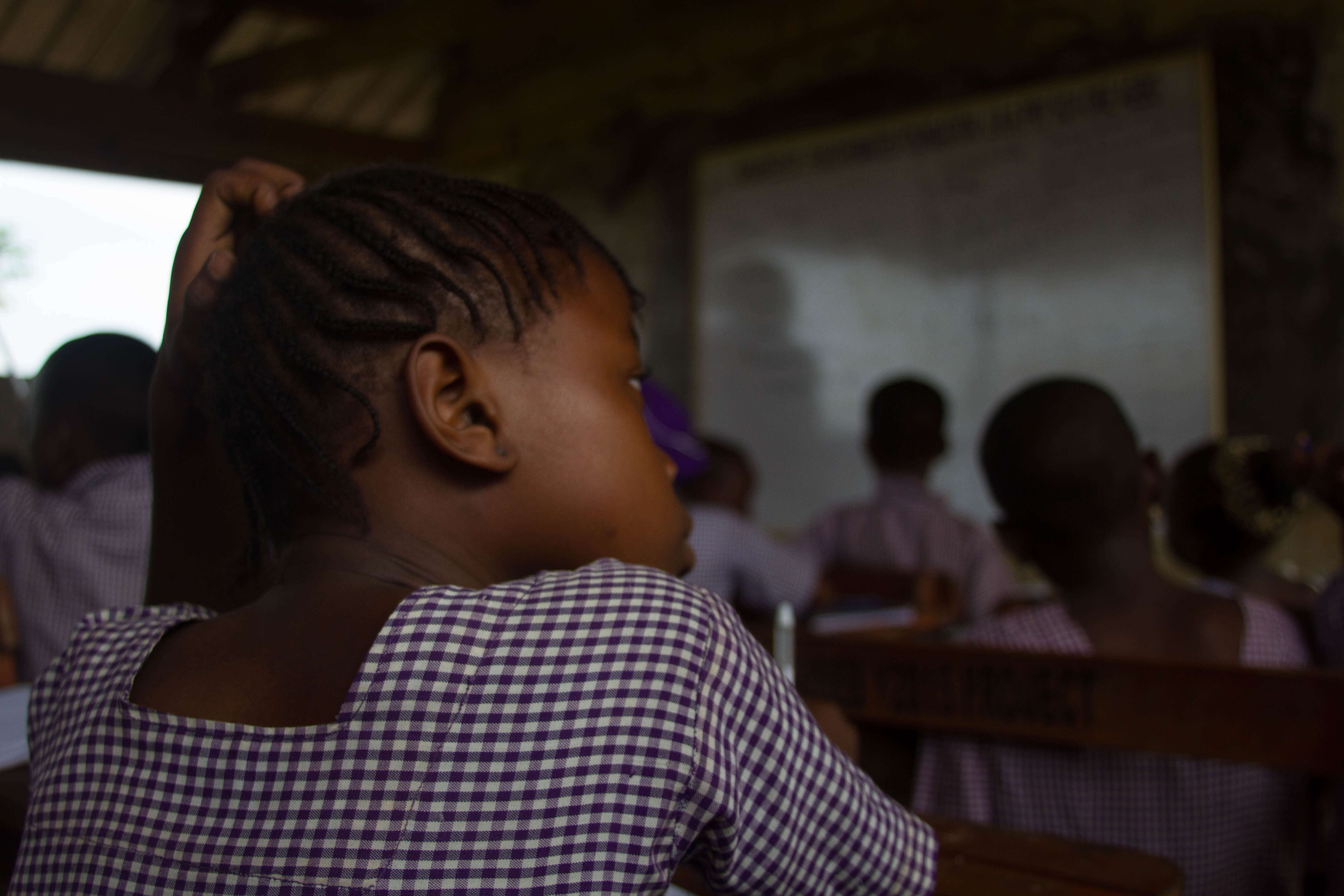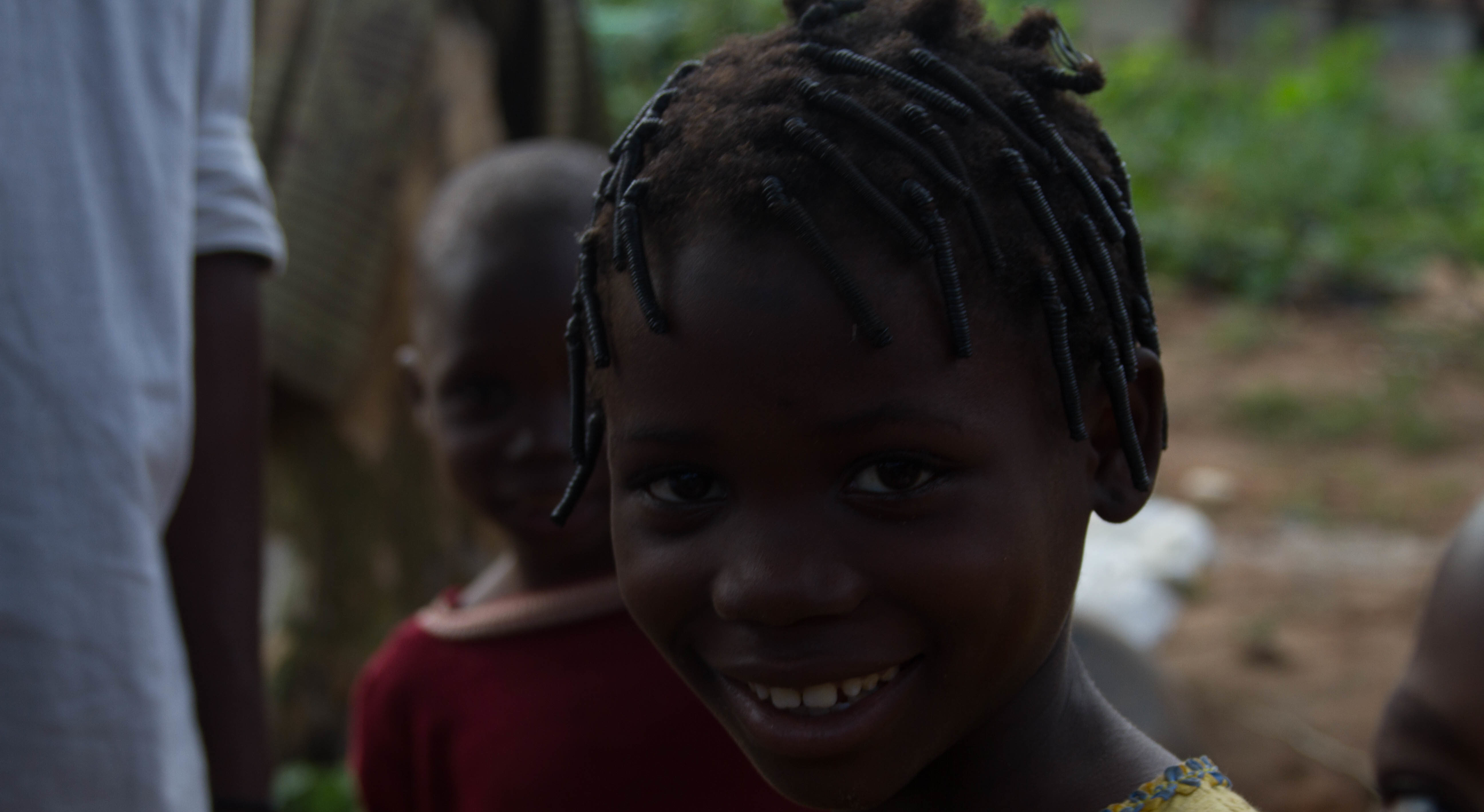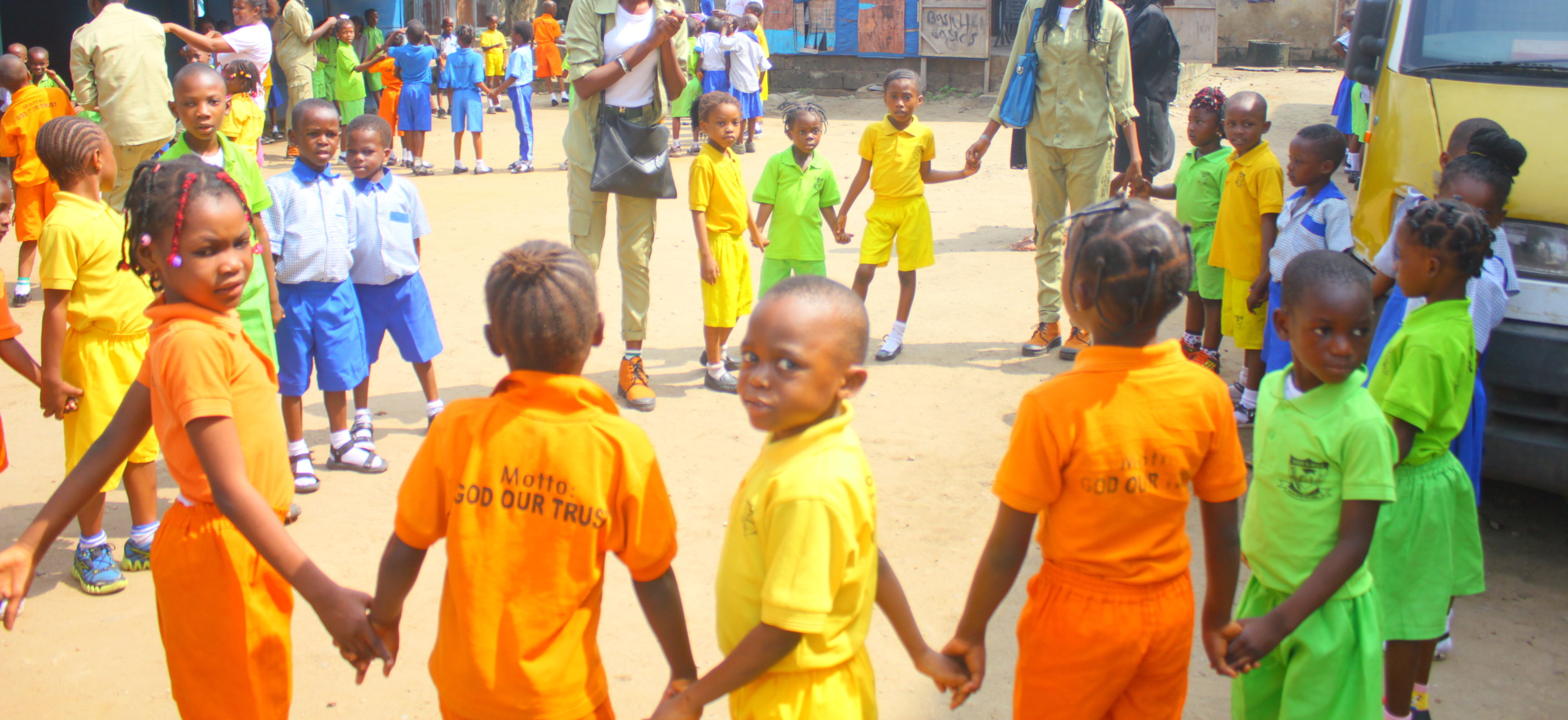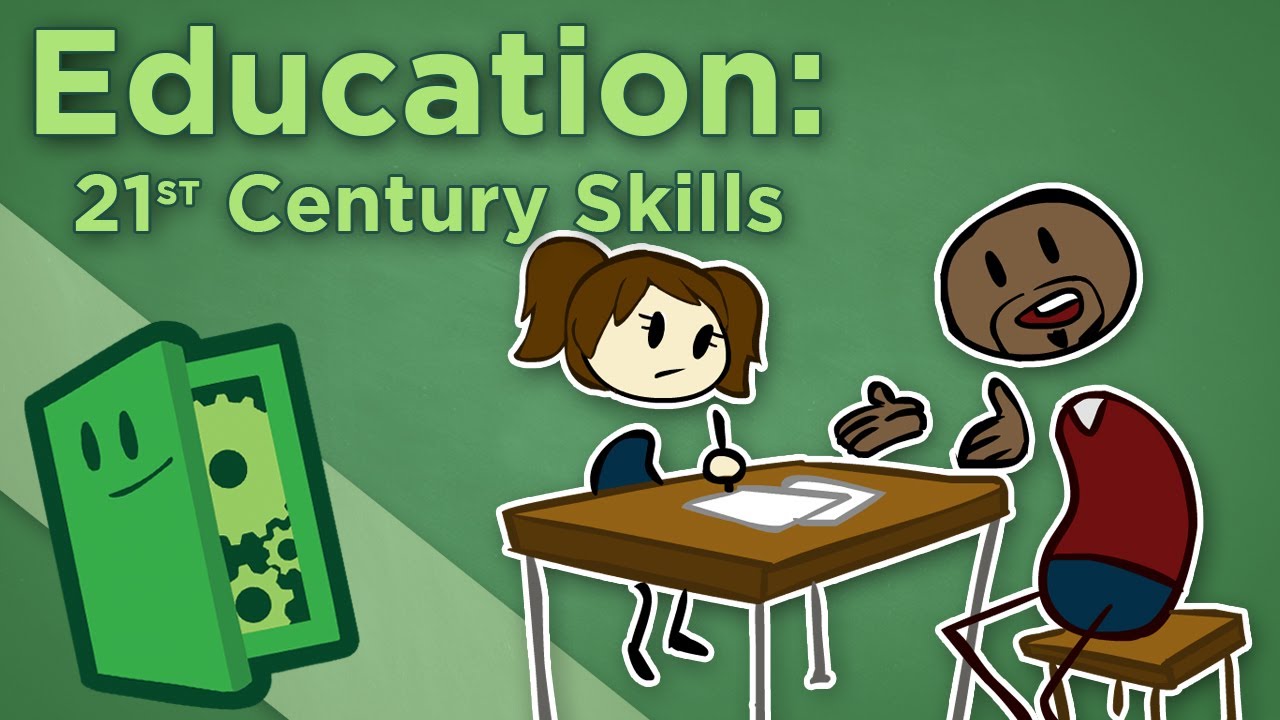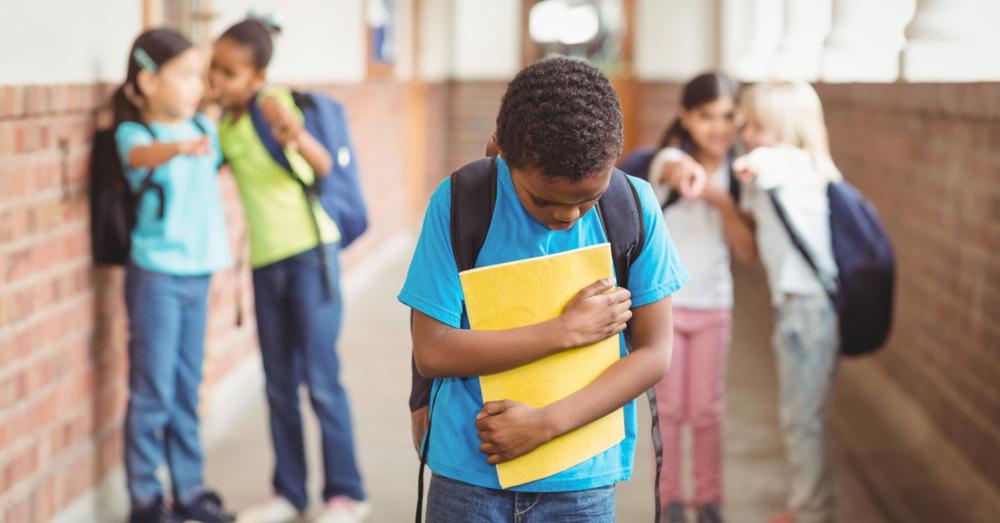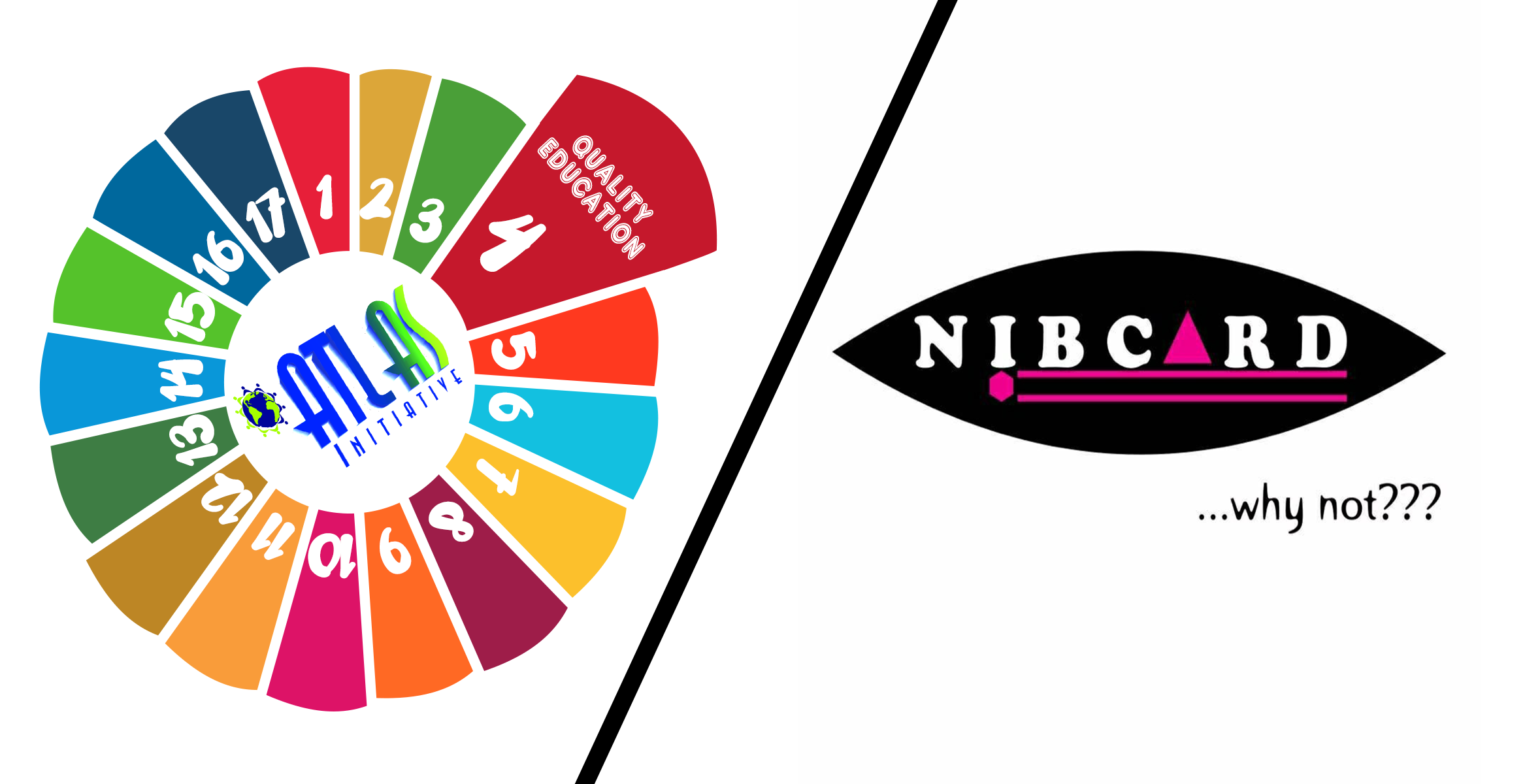
Play as a tool for Learning
We all acknowledge the importance of education in the life of an individual. While some see education as inculcating morals and values in a child, others see the need to enroll children in schools. Yet, a few assure that it is in the need of a child learning a trade. Understanding and acknowledging the importance of all three aspects of education from different perspective, we need to emphasize the importance of sending children children to school. Schools afford the child access to learn from not only teachers, but students alike. A child learns about arithmetics, spoken and written words, economics, science, and philosophy of how the world works. All these, though, should not limit the child to a Teacher_Student environment. An important question we need to ask ourselves is this. How important is play to the education of a child?
Needless to say, kids love to play. The freedom to make merry and laugh heartily is nothing compared to the solemn quiet of a classroom. Play to children is a means of self expression and self actualization. Majority of doctors, lawyers, and teachers dreamt up their professions from role playing while they were children. Should it not then be that play be a medium of learning?
ATLAS Initiative in conjunction with NIBCARD, on Wednesday, the 7th of November organised the African Board Games Fair for students in secondary school. Children from different schools like Prudence Secondary School, Adroit Secondary School, Oregon Junior High School, and Agidingbi Grammar School, were in attendance. The event introduced the students to Nigerian-Made games and exciting competitions. There were games like the 17-step game, Nwanyi-aga, Homia, and the most popular of them all, Luku-Luku. These games trained the minds of the students. The Luku-Luku game in particular was to train the eye and hand coordination in the children. The game was an avenue for them to learn arithmetic and geography.
Children with special needs were not left out of the fun. They participated in the games with the aid of an interpreter.
Educating a child should not always be restricted to the four walls of a class room. Room can always be made on the playground.

